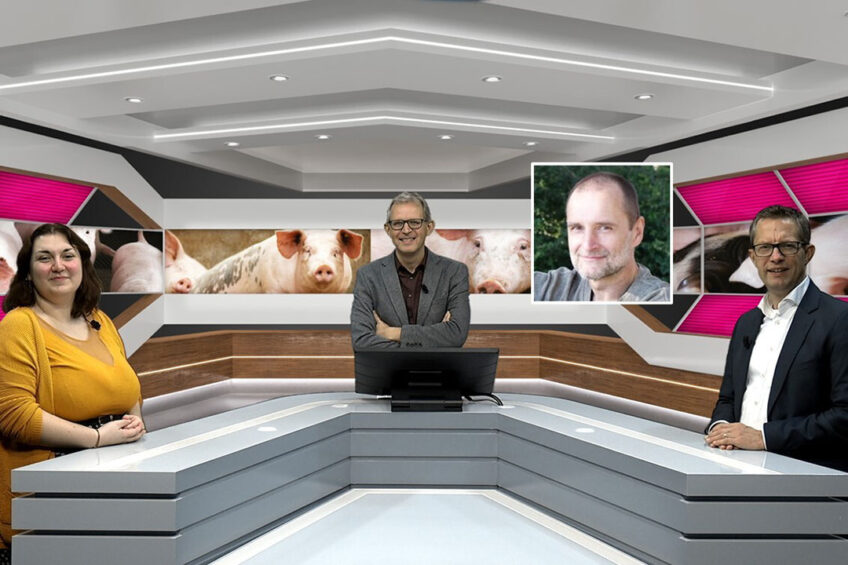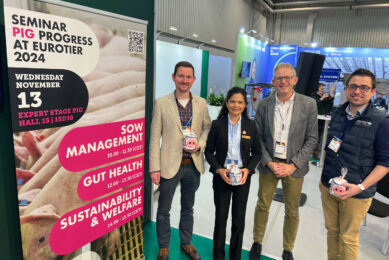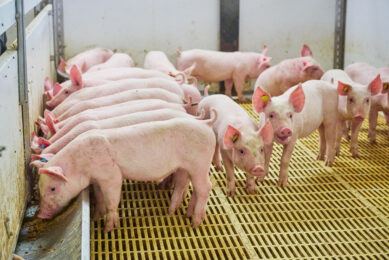On-demand: Webinar on (grow-finisher) pig health

In many webinars the focus is at weaning – but what exactly happens once that critical phase is over? What pathogens become important for grower pigs and later during finishing? And what solutions can help pigs and producers through that phase? That was the focus of the webinar “Pig Health” that was held on October 31 – which is now available to watch on-demand for free.
Click here to view this webinar
The webinar was held in cooperation with feed additives company Orffa as well as Ceva Animal Health.
Health problems in grow-finisher pigs
The webinar was kicked off by Dr Tijs Tobias. He is senior swine veterinarian and veterinary specialist at Royal GD in the Netherlands. He zoomed in on health problems that can emerge once the weaning phase is over. He pointed to problems related to the respiratory system, like Actinobacillus pleuropneumoniae (App), Mycoplasma hyopneumoniae (M. hyo) and influenza A, but also mentioned gut pathogens like Lawsonia intracellularis, Brachyspira species or Salmonella, to name a few.
Dr Tobias explained that infection prevention consists of both the dilution of pathogens by hygiene measures as well as the reduction or even prevention of infectious contacts. He explained about the importance of applying both internal and external biosecurity.
Pig health solutions via pig nutrition
Zooming in on solutions via pig nutrition, Aurélie Montagnon addressed the audience. She is central technical manager for Orffa. She discussed various organ systems for mammals pig bodies that are essential for optimal health, and mentioned which nutritional solution can help support these systems.
Respiratory system: Adding a garlic feed additive to support lung health.
Digestive system: Addition of a nutritional emulsifier to support gut morphology and barrier function.
Lymphatic system: Selenium for robustness of the immune system.
Reproductive system: Broad spectrum mycotoxin binder an betaine to improve fertility.
Integumentary system (the outermost layer of the body, including hair, hooves, glands and epidermis): Highly available trace minerals can help support claw health.
Analysis of finisher pig lungs
Thirdly, Dr Roman Krejci of Ceva Animal Health spoke about the Ceva Lung Program. This programme aims to score lungs at the slaughterline to assess how many lungs have lesions pointing to M. hyo or App. In 2022, he said, globally more than 1 million lungs had been evaluated in the programme.
With the programme, he explained, it is possible to acquire diagnostic information on the basis of the pig population – and figure out which lung diseases occur where and when. It also helps as a tool to gain insight in the effect of preventive measures, like for instance vaccination.











